TNFRSF1B (TNF receptor superfamily member 1B)
Gene description The three most common inflammatory cytokines that are responsible for chronic inflammatory diseases are Tumor Necrosis Factor (TNF), Interleukin-1beta (IL-1b) and Interleukin-6 (IL-6). TNF plays a major role in many diseases, including autoimmune diseases, heart disease, and cancer. TNF increases CRP, which is a common blood measurement to gauge inflammation. Gene function Receptor with high affinity for TNFSF2/TNF-alpha and approximately 5-fold lower affinity for homotrimeric TNFSF1/lymphotoxin-alpha. The TRAF1/TRAF2 complex recruits the apoptotic suppressors BIRC2 and BIRC3 to TNFRSF1B/TNFR2. This receptor mediates most of the metabolic effects of TNF-alpha. Isoform 2 blocks TNF-alpha-induced apoptosis, which suggests that it regulates TNF-alpha function by antagonizing its biological activity. Covered on Genetics Home Reference: narcolepsy From NCBI Gene: The protein encoded by this gene is a member of the TNF-receptor superfamily. This protein and TNF-receptor 1 form a heterocomplex that mediates the recruitment of two anti-apoptotic proteins, c-IAP1 and c-IAP2, which possess E3 ubiquitin ligase activity. The function of IAPs in TNF-receptor signalling is unknown, however, c-IAP1 is thought to potentiate TNF-induced apoptosis by the ubiquitination and degradation of TNF-receptor-associated factor 2, which mediates anti-apoptotic signals. Knockout studies in mice also suggest a role of this protein in protecting neurons from apoptosis by stimulating antioxidative pathways. [provided by RefSeq, Jul 2008] From UniProt: Receptor with high affinity for TNFSF2/TNF-alpha and approximately 5-fold lower affinity for homotrimeric TNFSF1/lymphotoxin-alpha. The TRAF1/TRAF2 complex recruits the apoptotic suppressors BIRC2 and BIRC3 to TNFRSF1B/TNFR2. This receptor mediates most of the metabolic effects of TNF-alpha. Isoform 2 blocks TNF-alpha-induced apoptosis, which suggests that it regulates TNF-alpha function by antagonizing its biological activity. Disease association Advanced information The following transcription factors affect gene expression (R): Enzyme Regulation: The first methylation is rate-limiting. Molecular Function: Biological Processes:
Liver Cirrhosis
Pneumonia
Myocardial infarction
Seizures
Obesity
Non-alcoholic fatty liver disease
Brain Ischemia
Hyperalgesia
Neurogenic Inflammation
Arthritis, Experimental
Inflammation
Hypoalbuminemia
